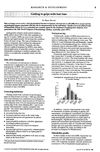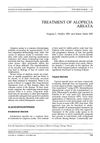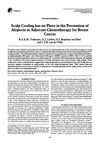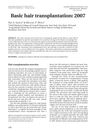Acquired Scalp Alopecia: A Review
May 1999
in “
Australasian Journal of Dermatology
”
androgenetic alopecia alopecia areata lichen planopilaris discoid lupus erythematosus finasteride minoxidil hormonal therapies intralesional corticosteroids topical corticosteroids systemic steroids dithranol topical immunotherapy PUVA macrolide immunosuppressives mycophenolate mofetil antibiotics surgical interventions isotretinoin AGA AA Propecia Rogaine PUVA Accutane
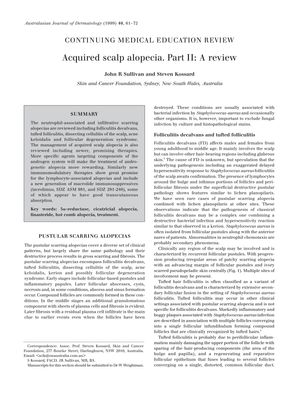
TLDR Early diagnosis and treatment are crucial for preventing permanent hair loss in various scalp conditions, and while new treatments are promising, more research is needed to evaluate their effectiveness.
The document from 1999 reviews the pathology, clinical presentation, and management of various forms of acquired scalp alopecia, including neutrophil-associated and infiltrative scarring alopecias, androgenetic alopecia (AGA), alopecia areata (AA), and other conditions like lichen planopilaris and discoid lupus erythematosus. It highlights the importance of early diagnosis and treatment to prevent permanent hair loss due to scarring and fibrosis. For AGA, it discusses the role of androgens and genetic susceptibility, with treatments including finasteride, minoxidil, and hormonal therapies. In AA, intralesional corticosteroids, topical corticosteroids, systemic steroids, dithranol, minoxidil, topical immunotherapy, and PUVA are mentioned as treatment options, with new immunomodulatory therapies being researched. The document also notes the potential of macrolide immunosuppressives and mycophenolate mofetil for lymphocyte-mediated alopecias, and the use of antibiotics, surgical interventions, and isotretinoin for pustular scarring alopecias. It emphasizes that while new therapies show promise, there is a lack of objective trials to assess management options and that many traditional therapies have been disappointing.

